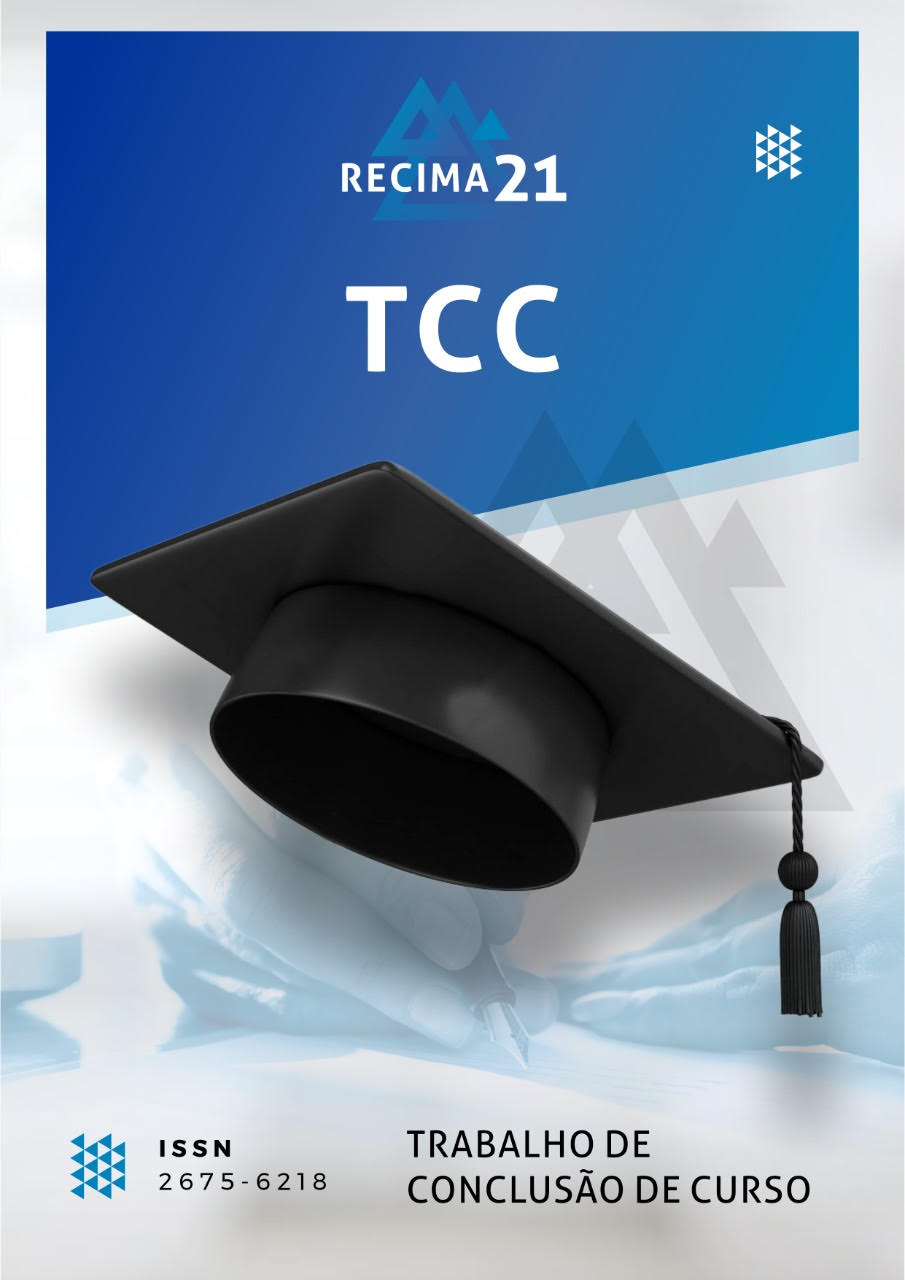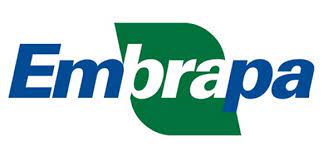THE ADOPTION OF SOLAR ENERGY AS A FACTOR FOR ENERGY EFFICIENCY, WITH EMPHASIS ON THE IMPLEMENTATION OF SOLAR PHOTOVOTAIC PLANTS TO POWER THE INDUSTRIAL LIGHTING SYSTEM
DOI:
https://doi.org/10.47820/recima21.v3i1.2484Keywords:
Power sizing. Solar heat stroke. Industrial lighting. LED. Photovoltaic panel.Abstract
This undergraduate work is oriented to the analysis of lighting in outdoor spaces through autonomous photovoltaic generation in order to promote the economy and energy efficiency in the external lighting of a residence, also to be able to transmit knowledge about the use of the electrical system by solar energy. The research methods used were theoretical analysis through bibliographic research of the fundamentals on photovoltaic solar energy, industrial lighting and microcontrols for this type of lighting systems, followed by the experimental method that consists of performing operation tests and taking the data from the measurements of electrical variables, energy sizing and then making a comparison between the results calculated in the theoretical part and the data obtained in the experimental. One of the most relevant conclusions of the development of the project is that through the design of this system high efficiency is obtained in the lighting system and energy saving since the LED lamp is controlled so that it works according to the given programming, the performance time and the intensity of the luminous flux and through these functions the system allows the battery not to run out during the period of its work, and can store more energy every day without being fully discharged.
Downloads
References
ANDRADE, F. F. O Método de Melhorias PDCA. Dissertação de Mestrado, Escola Politécnica da Universidade de São Paulo - USP, 2003, 169 p.
ARVIZU, D., P. Balaya, V. Meleshko, W. Stein, Y. Tamaura, H. Xu, R. Zilles. Energia solar direta. No Relatório Especial do IPCC sobre Fontes de Energia Renováveis e Mitigação das Mudanças Climáticas. Cambridge University Press, Cambridge, Reino Unido e Nova York, NY, EUA, 2011.
BRADFORD, T. Revolução Solar. A transformação econômica da indústria global de energia. Cambridge, MA: The MIT Press, 2006.
BRAGA, Renata Pereira. Energia Solar Fotovoltaica: Fundamentos e Aplicações. Rio de Janeiro: s.n., 2016.
COSTA, Gilberto José Corrêa da. Iluminação Econômica – Cálculo e Avaliação. Editora Edipuc RS. 2008. Porto Alegre.
COSTA, R. N. A. Viabilidades Térmica, Econômica e de Materiais de um Sistema Solar de Aquecimento de Água a Baixo Custo para Fins Residenciais. 78 f. Dissertação (mestrado) – Universidade Federal do Rio Grande do Norte, Natal, 2017.
LIMA, Danilo Brito. Guia de constituição de cooperativas de geração distribuída fotovoltaica. 2018. Disponível em: http://www.somoscooperativismo.coop.br/publicacao/33/guia-de-constituicao-decooperativas-de-geracao-distribuida-fotovoltaica >. Acesso em 26 mar. 2022.
MARTINEZ Rodrigo. LEDs para iluminação pública. 2008. Artigo (Graduação em Engenharia Elétrica) – Universidade Federal do Paraná, Curitiba, jun. 2008.
NASCIMENTO, Alan. Análise do uso da tecnologia LED na iluminação pública: estudo das perspectivas de aplicação na cidade de São Paulo. 2012. 206 f. Dissertação (Mestrado em Energia) – Universidade Federal do ABC, Santo André, 2012.
PROCEL. Iluminação Pública. 2017. Disponível em: http://www.procelinfo.com.br/main.asp?View=%7BCC4A0FEF-A8D7-41C0-BC18-%2066507F3192F8%7D&Team=%C2%B6ms=itemID=%257%E2%80%8BBD72C274C-52A8-4CEDB954-02556F4BC6AF%7D >. Acesso em 27 mar. 2022.
PROCEL. Programa Nacional de Iluminação Pública e Sinalização Semafórica Eficientes. 2010. Disponível em: http://www.procelinfo.com.br/data/Pages/LUMIS623FE2A5ITEMID6C524BD8642240ECAD7DEF 8CD7A8C0D9PTBRIE.htm >. Acesso em 21 mar. 2022.
SOARES, Guilherme M. Driver de longa vida e alta eficiência para acionamento de LEDs em iluminação pública. 2012. 87 f. Monografia (Engenharia Elétrica) – Universidade Federal de Juiz de Fora, Juiz de Fora, 2012.
PORTALSOLAR - Energia Solar OnGrid ou OffGrid, qual devo escolher? Disponível em: https://www.portalsolar.com.br/energia-solar-on-grid-ou-off-grid-qual-devo-escolher
Acesso em 30 Ago. 2022.
NGSOLAR. Preço da Energia Solar CPFL 2022. Disponível em: https://www.ngsolar.com.br/single-post/preco-kwh-cpfl#:~:text=Com%20o%20reajuste%20de%202021,%2C%20R%241%2C79%20kWh > Acesso em 21 nov. 2022.
Downloads
Published
How to Cite
Issue
Section
Categories
License
Copyright (c) 2022 RECIMA21 - Revista Científica Multidisciplinar - ISSN 2675-6218

This work is licensed under a Creative Commons Attribution 4.0 International License.
Os direitos autorais dos artigos/resenhas/TCCs publicados pertecem à revista RECIMA21, e seguem o padrão Creative Commons (CC BY 4.0), permitindo a cópia ou reprodução, desde que cite a fonte e respeite os direitos dos autores e contenham menção aos mesmos nos créditos. Toda e qualquer obra publicada na revista, seu conteúdo é de responsabilidade dos autores, cabendo a RECIMA21 apenas ser o veículo de divulgação, seguindo os padrões nacionais e internacionais de publicação.

 Clique para ver detalhes
Clique para ver detalhes 











